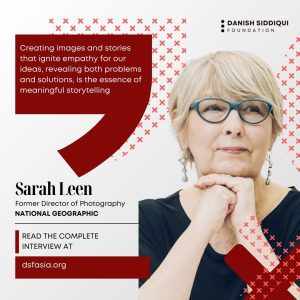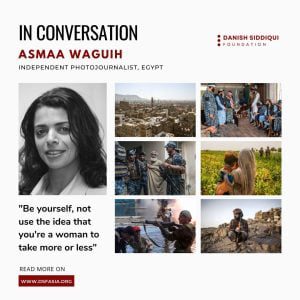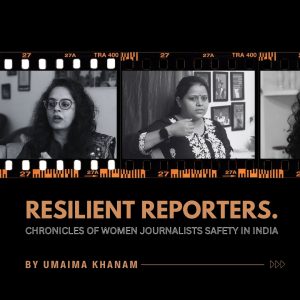
In the realm of photojournalism, how do you define the ethical responsibilities of photographers and their role in conveying truth and accuracy?
The photojournalist should be open, curious, and honest in their work. They should avoid stereotyping. They should act as both witness and interpreter – the act of framing – while being aware of their biases. Captions should be accurate and factual. When photographing those in distress or someone vulnerable, the photojournalist should ask if they are taking care to understand the person’s position and if the roles were flipped, and the photojournalist was the vulnerable one, how would they want to be depicted at that moment in a way that is honest and human.
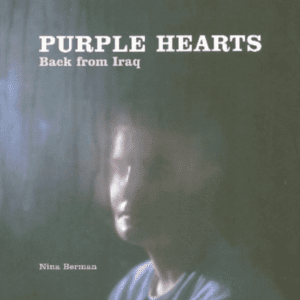 In your opinion, is there a fine line between capturing shocking images for impact and crossing ethical boundaries in photojournalism? How do you navigate this?
In your opinion, is there a fine line between capturing shocking images for impact and crossing ethical boundaries in photojournalism? How do you navigate this?
Yes, there is a fine line, and we have seen it crossed time and again. It is driven by the attention economy and photojournalists who desperately want their work to make a difference. I navigate it by asking photojournalists always to ask themselves the question, “Would you want to be photographed this way? Would you want your loved one photographed this way?” And I caution those who think shocking pictures lead to change because that’s not how change happens.
Could you share your insights on the impact of viewer desensitization due to the constant exposure to graphic images on social media?
Social media is one long, endless, addictive scroll of excitement, horror, and emptiness. How can one possibly respond other than to keep scrolling? One can’t. But rather than blaming graphic pictures made by photographers as the cause of desensitization, I would say that it’s the politics and economics of our time – growing precarity, obscene inequity, constant acts of state violence, and horrific scenes of global warming’s consequences – which leave us despairing and acclimated to think that all this is just normal. The pictures are representations of the problems. Stopping the pictures doesn’t stop the problems. However, having no clear way to respond to the images beyond likes and swipes is the bigger problem, in my opinion.
Given that sensational images tend to attract more attention, how can photojournalists balance the need for visibility with their ethical duty to provide a comprehensive and accurate portrayal of events?
This is more a question for editors than photographers. Suppose there is a peaceful protest of 50,000 people. Three people get arrested for disorderly conduct, and the arrest pictures lead the story. In that case, that’s an editorial problem, and editors should be taken to task, not the photojournalists, for comprehensively covering the event. It’s all about what is prioritized and whether that is, in fact, fair and accurate.
Could you discuss the role of captions in photojournalism and how they contribute to ethical storytelling?
Captions are part of the social contract of photography.
Captions fix the picture.
With them, the picture gains context and meaning and can be understood. Photographers can help combat the problem of misinformation by including accurate captions. The captions can also serve to enlarge the context of the picture and provide important historical information to help us understand the “why” in what we are seeing and not just the “who, what, when, and where.” By filing accurate captions, the photographer shows that they both respect the integrity of the moment and are committing to upholding professional standards.
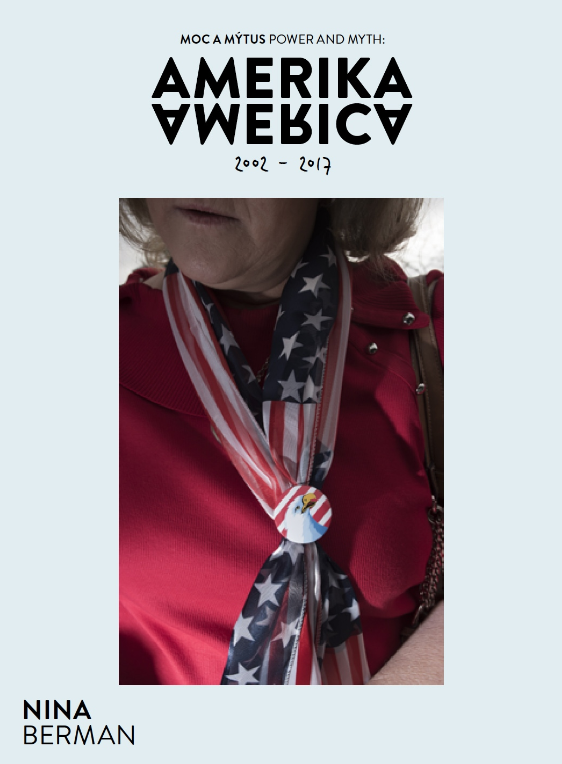 How can educators and institutions better prepare aspiring photojournalists to navigate the ethical challenges posed by sensationalism?
How can educators and institutions better prepare aspiring photojournalists to navigate the ethical challenges posed by sensationalism?
Again, editors are left out of this conversation. They need to be front and center because they are making the decisions. They are saying to photographers that they want the mayhem they are seeing on cable news regardless of whether that’s the most critical part of the story or not. And so, aspiring photojournalists need to learn how to advocate for their pictures and make a case for images that may have more depth but less shock value. It’s not always going to work, but again, without editors involved in the conversation and with editors also being schooled in ethical practices, it’s going to be easier for photographers to improve the visual culture.
Do you think it’s necessary for educators to incorporate discussions about the business side of media and its influence on ethical decisions in photojournalism?
Yes. I always tell my students that one of the biggest frustrations they will have as professionals will be dealing with frivolous or clickbait-style stories assigned by editors to appease corporate bosses and the bottom line. We need media to be funded for the public good, but we have a long way to go, so all we can do is advocate for stories that are important and urgent.
Are there instances where sensationalism can serve as a tool for raising awareness about important issues, even if it involves ethical gray areas?
Gun violence is a major problem in the US. Still, media publications do not show graphic images of gun violence and mass shootings in particular. There have been conversations as to whether the visual sanitation of these massacre scenes is partially to blame for the lack of political action on creating safer, more rational gun policies. In other words, why doesn’t the media show it like it is instead of sugarcoating what an AR-15 weapon does to the human body? In my opinion, there is plenty of room for better visual coverage that doesn’t violate the victims or their families. Not showing the truth is also unethical and a form of violence.

Can you provide practical advice for photojournalists to resist the pressure of sensationalism and prioritize ethical considerations in their work?
Push back on unethical requests by editors. Use your creativity to offer a different way of seeing.
What are some examples of successful photojournalistic projects that have managed to captivate audiences while maintaining a strong ethical foundation?
There are so many. I genuinely don’t know where to start. Danish Siddiqui’s COVID-19 work was so important. There are hundreds of photographers who have made and continue to do vital work on the most important issues of our time.
Forced migration, resource inequity, state violence, and environmental destruction, along with stories about culture, art, love, bravery, and the necessary solidarity that keeps people going.
As an educator, how do you envision the future of photojournalism education in addressing the evolving challenges of ethics and sensationalism?
Students truly want to talk about ethics, which is a positive sign. As more journalists come from the communities they are covering, my hope is they will be less likely to sensationalize those known to them because they are not “the other.”
What advice would you give to educators seeking to inspire the next generation of photojournalists to uphold ethical standards in their storytelling?
I would say to educators to always remind students that their reputation and trust within a community is more important than any one picture. And so if a photojournalist is in it for the long haul, being reflective and willing to learn and listen will go a long way.


